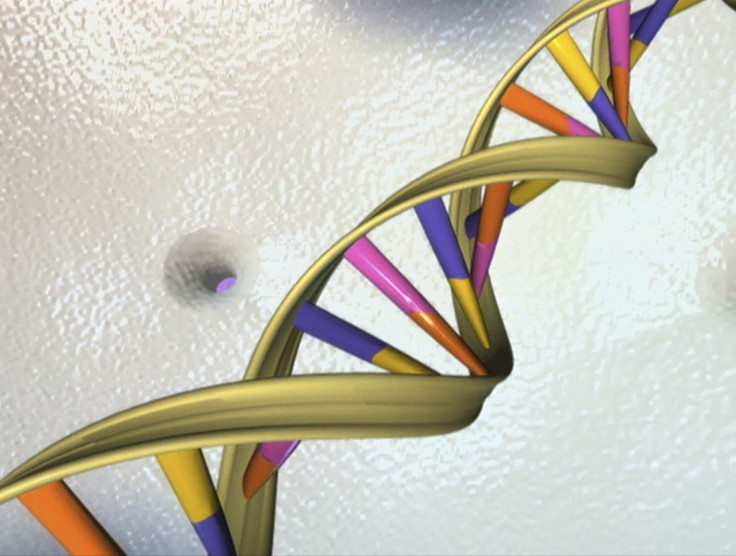National DNA Day 2021: Interesting Facts, Ways To Commemorate The Event
KEY POINTS
- National DNA Day celebrates the discovery of the double helix structure in 1953
- It also commemorates the completion of the Human Genome Project in 2003
- The occasion is a chance for people to make time to learn more about the topic
- Below are DNA facts and suggestions on how to celebrate National DNA Day
It's time to celebrate a very important scientific discovery because April 25 marks National DNA Day.
According to the National Human Genome Research Institute (NHGRI), the occasion commemorates two things: the discovery of the DNA's double helix structure on April 25, 1953, and the completion of the Human Genome Project in 2003.
This completion of the mapping of the human genome transformed research, National Day Calendar said. And the occasion is an excellent time for people from different walks of life to learn more about DNA, genetics and genomics.
"The goal of National DNA Day is to offer students, teachers and the public an opportunity to learn about and celebrate the latest advances in genomic research and explore how those advances might impact their lives," NHGRI said.
There are many ways people can take part in today's event. One of them is to learn more about the topic, whether by reading books and articles or watching videos about it. NHGRI, in particular, provides educational videos that are "visually stunning" and easy to understand.
There are also interesting activities people can try in time for the occasion. For instance, one can learn how to extract DNA from fresh or frozen strawberries at home. National Day Calendar also recommends watching documentaries about it.
No matter how one chooses to celebrate the occasion, what matters is that they are learning more.
But before we all get busy with today's activities, let's first take a look at some interesting facts about DNA, courtesy of National Geographic, NHGRI, Ancestry and the National Institute of General Medical Sciences.
- DNA is inside the nucleus of the body's cells, each of which has many DNA molecules inside. Because cells are small, the DNA is tightly packed into a form called a chromosome.
- The human genome has three billion bases, about 99% of which are identical in each person. It's only the rest that accounts for differences in people, such as skin tone and eye color.
- Although DNA seems quite small, when unpacked, the DNA from each cell would be about six feet long if uncoiled and placed together from end to end. Doing this to all of the DNA would result in a 110-billion-mile long DNA strand. That's about 110,000 trips to the moon or hundreds of round trips to the sun.
- When reproducing, organisms get half of their DNA from their fathers and the other half from their mothers. However, all mitochondrial DNA comes from mothers because only egg cells retain the mitochondria during fertilization.
- DNA can also be subjected to mutations, whether acquired or inherited. Although some of these mutations may cause health problems, often, the cells can repair the genetic mutation.

© Copyright IBTimes 2025. All rights reserved.






















